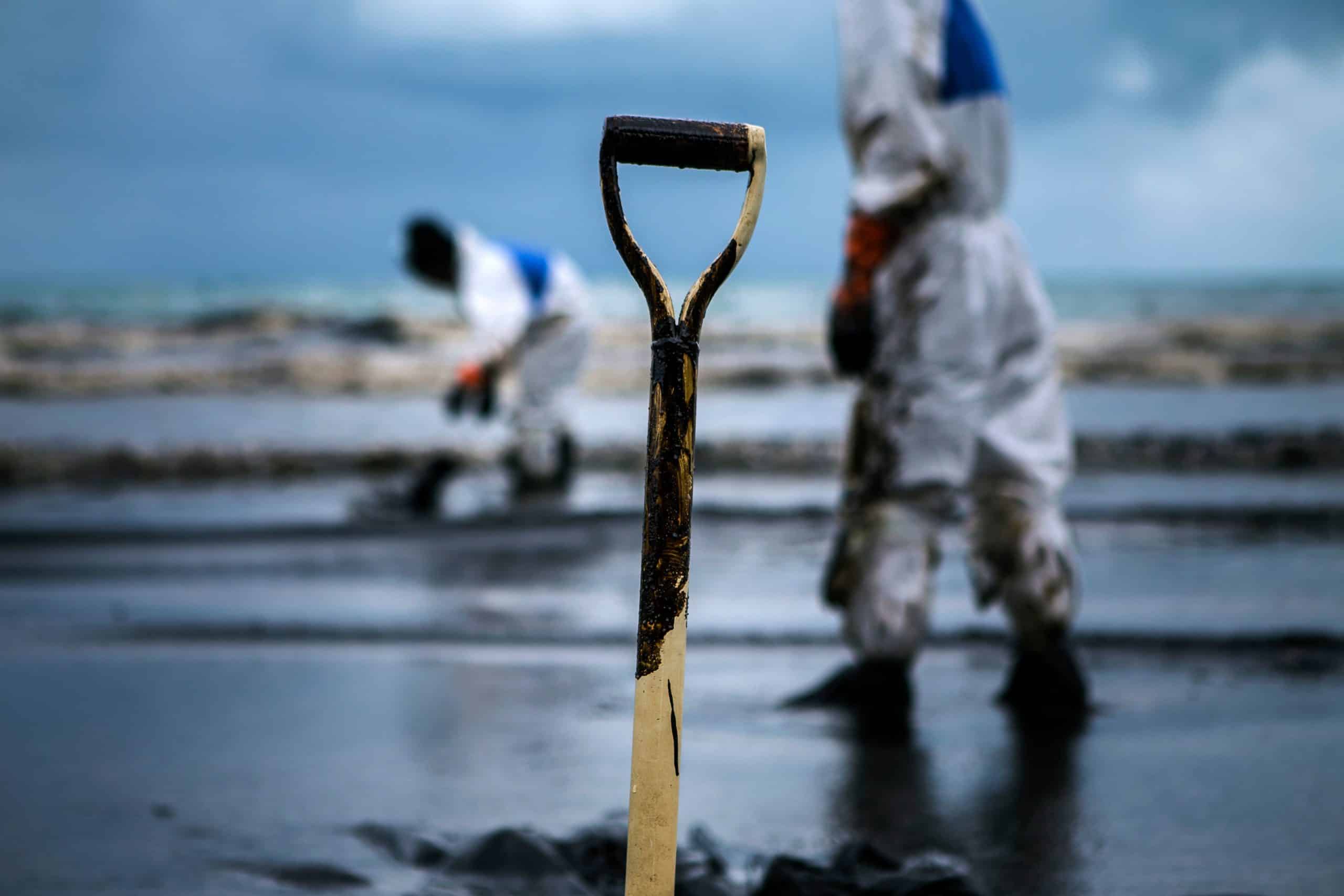Humans have used oil as a fuel source as far back as ancient China 2000 years ago. However, oil wasn’t widely used until the industrial revolution. Compared to other fuels at the time like wood or coal, oil was easy to transport. Now oil fuels cars, ships, and other vehicles across the globe. Unfortunately, the process of extracting and refining oil is not perfect. Over time oil spills have leeched millions of gallons into the surrounding environment, causing harm to wildlife as well as polluting coastlines. Read on to learn more about the four largest oil spills of the 20th century.
BP’s Deepwater Horizon Oil Spill
BP’s 2010 spill is usually the first that comes to mind when someone mentions oil spills. This spill occurred in the Gulf of Mexico in April of 2010 as a result of a surge of natural gas that blasted through a cement well cap. Once released, the oil made its way up onto the oil platform where it ignited and killed 11 workers. Two days later the oil platform capsized and sunk into the ocean. Before the leak was sealed, an estimated 134 million gallons of oil seeped into the water. In the following days, the U.S. Gulf Coast from Texas to Florida became coated in oil. Some sources say the actual amount of oil released is closer to 200 million gallons.
The Ixtoc 1 Oil Spill
From June 1979 to March 1980, Mexico’s Ixtoc 1 oil spill released around 140 million gallons of oil. This oil spill was a result of a drilling operation 50 meters below water. The circulation of mud and water failed, resulting in a buildup of oil and gas in the pipe. When workers tried to remedy the issue, the gas and oil surged out and ignited in an explosion. Over the coming months hundreds of millions of gallons of oil spilled into the Bay of Campeche, harming all surrounding sea and wildlife. This accident damaged the tourism industry in the area, costing hundreds of millions of dollars as well as limiting commercial fishing in the area.
The Persian Gulf War Oil Spills
The world’s largest oil spill was actually not an accident. Iraq’s then-leader Saddam Hussein ordered the occupation of Kuwait in August of 1990. His goal was to gain control of the large oil reserves to cancel a substantial debt Iraq was facing. In response, the United States gathered a coalition between other countries to defend against these attacks. The coalition’s forces successfully drove Iraqi forces out of Kuwait. However, while the Iraqi forces retreated, they ignited hundreds of oil wells in Kuwait. These reserves burned and leeched oil into the surrounding area for months. The retreating forces also spilled millions of gallons of oil from Kuwait’s sea terminal in hopes of deterring the opposition. In the end, an estimated 380 to 520 million gallons of oil was either burned or spilled.
The Castillo De Bellver Oil Spill
In August 1983, a fire aboard the oil tanker Castillo de Bellver caused a substantial oil spill. The fire caused the ship to be split into two pieces. Its stern, which carried around a large amount of oil, drifted 24 miles before it sank. Luckily, the bow of the boat was found and towed away from the coast. Unfortunately, the drifting stern contained approximately 110,000 tons of oil. This oil drifted through the Benguela Current and was carried away. Luckily, because of the current’s constant movement, the oil caused minimal environmental damage before it dispersed. It is estimated that a total of 53.5 million gallons of total oil was being carried by the ship.
McCune Wright Arevalo, LLP, Cares About Our Environment
Our nationally recognized Environmental attorneys take our country’s environmental health seriously. We have a long history of defending small businesses and communities from corporations that only care about profits. Our attorneys seek to hold these bad actors accountable for their actions and the harm they cause.
If you have been harmed by
an environmental disaster and need representation contact us today or call (909) 345-8110!
